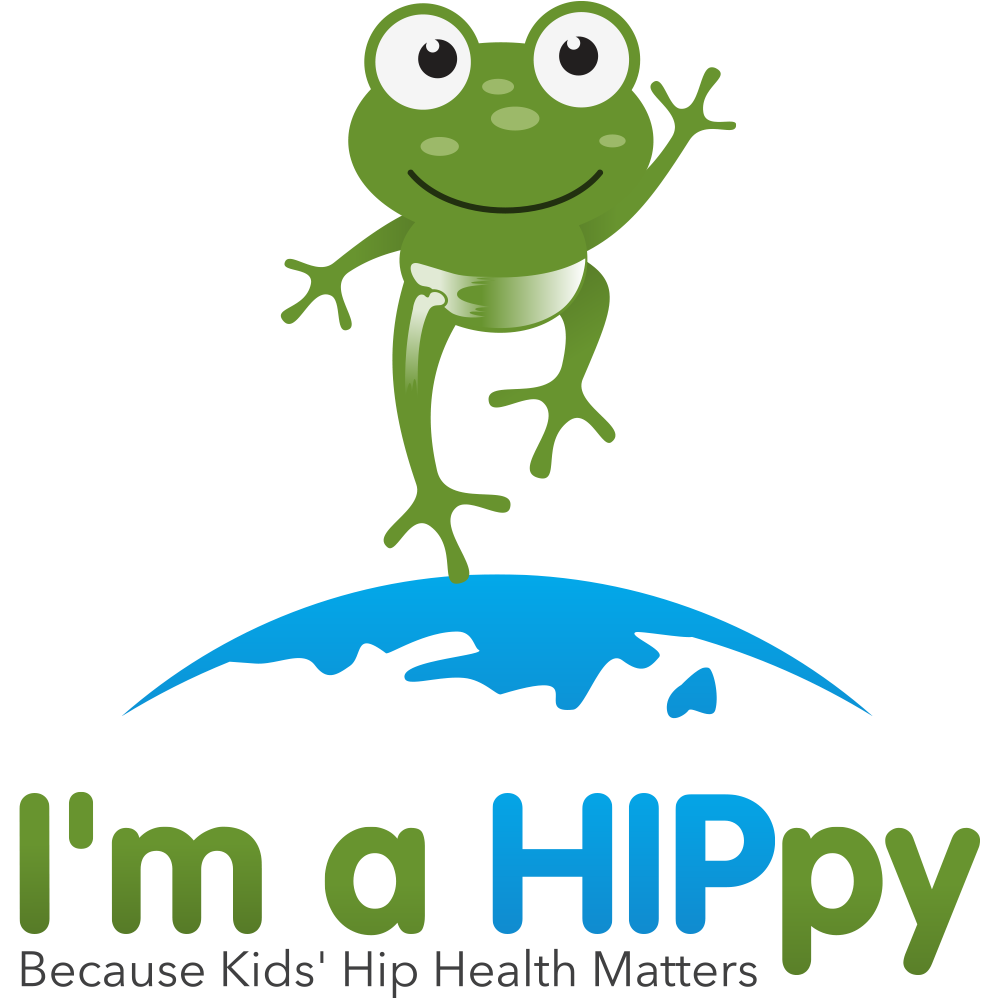
SLIPPED CAPITAL FEMORAL EPHIPHYSIS (SCFE)
OVERVIEW
Slipped capital femoral epiphysis (SCFE) is the most common hip disorder in teenagers. The hip is a “ball-and-socket” joint, in which the “ball” is the rounded head of the femur (thigh bone), and the “socket” is the acetabulum, or part of the pelvis. The femur is the longest bone in the body, with a long shaft leading up to the femoral head connected at the femoral neck. SCFE is characterized by the femoral head slipping backwards off the neck of the femur.
This can happen in kids and teenagers because, as they are still growing, they have an area of cartilage located underneath the ball. This area, called the ‘growth plate’ is where bone growth occurs but is weaker than normal bone.
SCFE can cause pain, stiffness, and instability in the affected hip. The condition may happen suddenly as a result of a fall or sports injury (acute slip), but usually develops gradually over time (chronic slip).
There are two types of SCFE:
Stable SCFE
Patients are able to walk or bear weight on the affected hip with or without crutches.
Unstable SCFE
Patients are unable to walk or bear weight, even with crutches. Unstable SCFE requires urgent treatment.
RISK FACTORS
Most cases of SCFE occur in children aged 11 – 16 years who are going through a growth spurt. SCFE most commonly occurs between the ages of 12 – 16 years in boys and between the ages of 10 – 14 years in girls. SCFE is more common in boys than girls.
Risk factors include:
Excessive weight or obesity
Endocrine or metabolic disorders (i.e. diabetes, thyroid disease, growth hormone problems)
Certain medications (such as steroids)
Radiation treatment
Bone problems related to kidney disease
Family history of SCFE
10.8 in 100,000
SCFE is the most common hip disorder in adolescents and has a prevalence of 10.8 cases per 100,000 children.
SYMPTOMS
Symptoms of SCFE will vary, depending upon the severity of the condition.
Patients with a mild or stable SCFE typically experience intermittent pain in the hip, groin, and/or knee for several weeks or months before diagnosis. Pain is often aggravated by activity and patients may walk or run with a limp after a period of activity.
Patients with more severe or unstable SCFE symptoms may experience a sudden onset of pain (often after a fall/injury), inability to walk or bear weight on the affected leg, outward turning of the affected leg, and difference in leg length (affected leg may appear shorter than the opposite leg).
TREATMENT
Treatment aims to prevent the femoral head from slipping any further and is achieved through surgical methods. After diagnosis of SCFE, patients are encouraged to stop weight bearing to prevent further slippage before their surgery. The type of surgical procedure will depend upon the severity of the slip.
Procedures used to treat SCFE include:
In situ fixation
Procedure used most often for patients with stable or mild SCFE. Metal screws are inserted across the growth plate through a small incision made near the hip. The screws maintain the femoral head position and prevent further slippage. Over time, the growth plate will close or fuse. Once the growth plate is closed, no further slippage can occur.
Open reduction
Procedure typically used in patients with unstable SCFE. An open incision is made in the hip. The surgeons will then gently manipulate the femoral head into normal position. One or two metal screws will then be inserted to hold the bone in place until the growth plate closes. This is a more extensive procedure and requires a longer recovery time.
In situ fixation of the opposite hip
Some patients at a higher risk for SCFE occurring on the opposite side and may undergo surgery of the unaffected hip to prevent future slippage. A screw is inserted into the unaffected hip and is often done at the same time as surgical treatment for the affected hip occurs.
Patients usually undergo physical therapy following surgical treatment to help strength the hip and leg muscles





